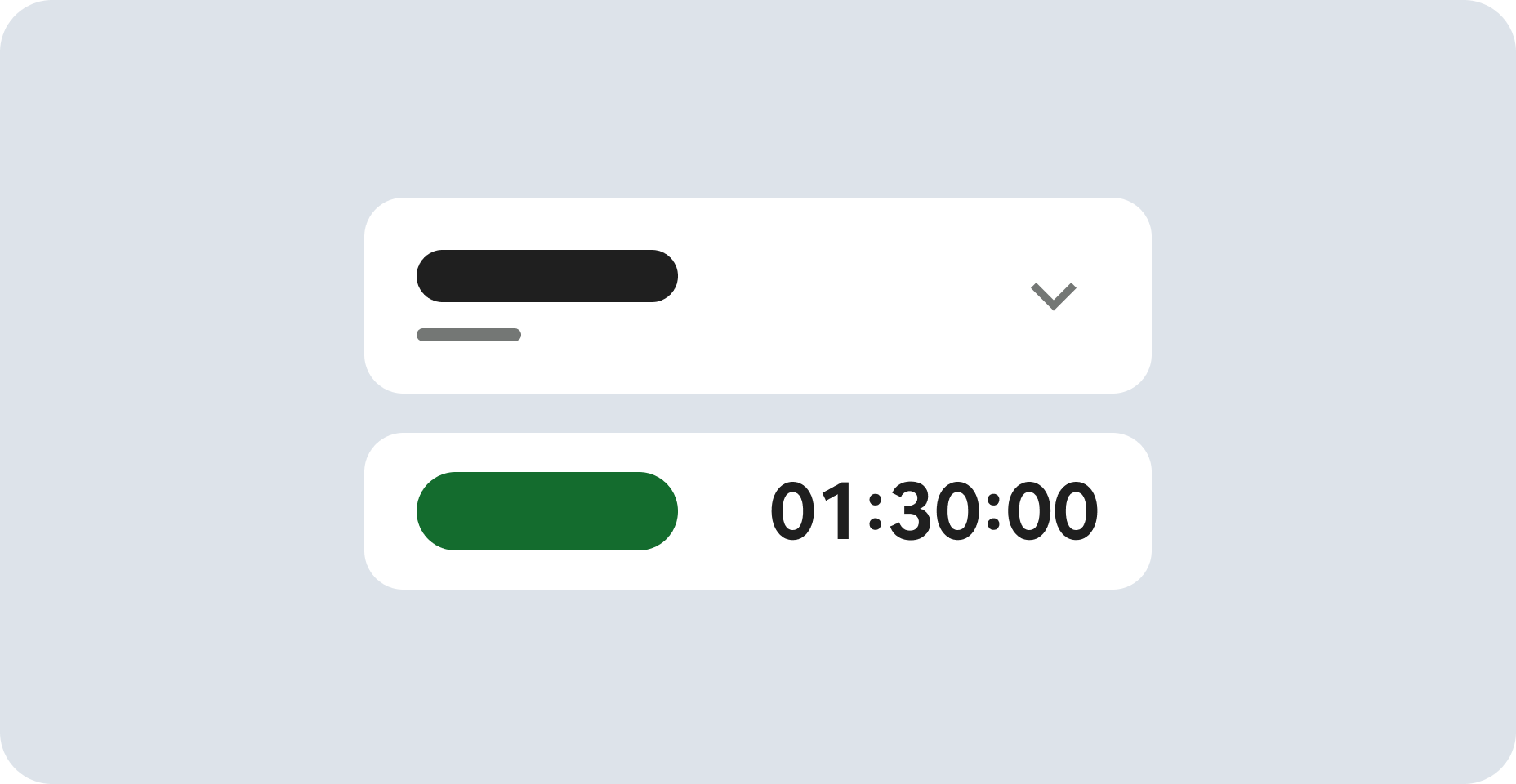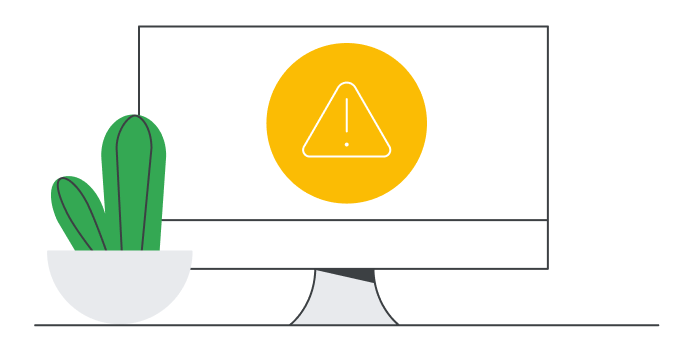GSP694

Overview
A Virtual Private Cloud (VPC) network is a global resource which consists of a list of regional virtual subnetworks (subnets) in data centers, all connected by a global wide area network (WAN). VPC networks are logically isolated from each other in Google Cloud.
VPC provides networking functionality to Compute Engine virtual machine (VM) instances, Kubernetes Engine containers, and App Engine Flex. Each Google Cloud project by default has a default network configuration which provides each region with an auto subnet network.
In this lab you use gcloud to create two firewall rules, and test the networks' ability to allow traffic from the public internet.
Setup and requirements
- Labs are timed and cannot be paused. The timer starts when you click Start Lab.
- The included cloud terminal is preconfigured with the gcloud SDK.
- Use the terminal to execute commands and then click Check my progress to verify your work.
Pre-configured resources:
- You have pre-created custom networks labnet with subnetwork labnet-sub and privatenet with subnetwork private-sub.
- You have pre-created VM instances for this lab lnet-vm and pnet-vm created in the labnet-sub and private-sub subnetwork respectively.
Task 1. Viewing networks
- List the networks in your project:
gcloud compute networks list
Your output should look like this:
NAME SUBNET_MODE BGP_ROUTING_MODE IPV4_RANGE GATEWAY_IPV4
default AUTO REGIONAL
labnet CUSTOM REGIONAL
privatenet CUSTOM REGIONAL
You can see the two pre-created custom networks for this lab.
- Use
describe to view network details, such as its peering connections and subnets:
gcloud compute networks describe labnet
gcloud compute networks describe privatenet
Task 2. List subnets
You can list all subnets in all networks in your project, or you can show only the subnets for a particular network or region.
Use the following command to list all subnets in all VPC networks in all regions:
gcloud compute networks subnets list
Task 3. Describe a subnet
You can view the details of an existing subnet, such as its primary IPv4 ranges, secondary IP ranges, IPv6 ranges, and region.
- Replace
SUBNET_NAME with the name of the subnet of one of the two pre-created networks:
gcloud compute networks subnets describe SUBNET_NAME \
--region="{{{project_0.default_region | REGION}}}"
- Run the code again with the other subnet name.
Task 4. Creating firewall rules
Auto networks include default rules, custom networks do not include any firewall rules. Firewall rules are defined at the network level, and only apply to the network where they are created.
The name you choose for each firewall rule must be unique to the project. To allow access to VM instances, you must apply firewall rules.
- Run the following to create the
labnet-allow-internal firewall rule:
gcloud compute firewall-rules create labnet-allow-internal \
--network=labnet \
--action=ALLOW \
--rules=icmp,tcp:22 \
--source-ranges=0.0.0.0/0
With this command you are doing the following:
-
firewall-rules is a subcategory of compute
-
create is the action you are taking
-
labnet-allow-internal is the name of the firewall rule
-
--network=labnet puts the rule in the labnet network
-
--action=ALLOW must be used with the --rules flag, and is either "ALLOW" or "DENY"
-
--rules=icmp,tcp:22 specifies the icmp and tcp protocols and the ports that the rule applies to
-
--source-ranges=0.0.0.0/0 specifies the ranges of source IP addresses in CIDR format.
Click Check my progress to verify the objective.
Add firewall rules to allow tcp:22 and ICMP
Task 5. Viewing firewall rules details
Now you'll inspect the firewall rules to see its name, applicable network, and components, including whether the rule is enabled or disabled.
- Replace
FIREWALL_RULE_NAME in the following command with the name of firewall rule you created in Task 4.
gcloud compute firewall-rules describe [FIREWALL_RULE_NAME]
Task 6. Create another firewall rule for privatenet
- Run the following command to create the privatenet-deny firewall rule:
gcloud compute firewall-rules create privatenet-deny \
--network=privatenet \
--action=DENY \
--rules=icmp,tcp:22 \
--source-ranges=0.0.0.0/0
This firewall rule denies all access from the internal protocol.
The output should look like this:
Creating firewall...done.
NAME: privatenet-deny
NETWORK: privatenet
DIRECTION: INGRESS
PRIORITY: 1000
ALLOW:
DENY: icmp,tcp:22
DISABLED: False
Click Check my progress to verify the objective.
Create deny firewall rules
- Run the following command to list all the firewall rules (sorted by VPC network). Replace
NETWORK_NAME with the name of a pre-created custom network.
gcloud compute firewall-rules list --sort-by=NETWORK_NAME
- Look for the custom networks you have listed to quickly find your firewall rules.
Task 7. List VM instances
You have two pre-created VM instances for this lab.
- Run the following command to list all the VM instances:
gcloud compute instances list
For this command, you're using the instance subgroup, with it's specialized command list.
NAME ZONE MACHINE_TYPE ... INTERNAL_IP EXTERNAL_IP STATUS
lnet-vm {{{project_0.default_zone | ZONE}}} n1-standard-1 10.0.0.2 35.202.156.230 RUNNING
pnet-vm {{{project_0.default_zone | ZONE}}} n1-standard-1 10.1.0.2 104.154.146.108 RUNNING
Task 8. Explore the connectivity
You applied firewall rules to each network - so one network allows INGRESS traffic, and the other denies INGRESS traffic.
For this experiment, you should be able to communicate with the first network, but be unable to communicate with the second one.
Ping the external IP addresses
- Ping the external IP addresses of the VM instances to determine if you can reach the instances from the public internet.
ping -c 3 <Enter lnet-vm's external IP here>
This should work - lnet-vm's network has a firewall rule that allows traffic.
- Repeat the command, but use
pnet-vm's external IP address.
This should not work - nothing should be happening. pnet-vm's network has a firewall rule that denies traffic. Use Ctrl+C to end the process.
Congratulations!
In this lab, you created two firewall rules using the Cloud terminal command line. Then you tested the ability of the VPC networks to receive traffic from the public internet.
Next steps / learn more
Learn more about VPC networking:
Google Cloud training and certification
...helps you make the most of Google Cloud technologies. Our classes include technical skills and best practices to help you get up to speed quickly and continue your learning journey. We offer fundamental to advanced level training, with on-demand, live, and virtual options to suit your busy schedule. Certifications help you validate and prove your skill and expertise in Google Cloud technologies.
Manual Last Updated January 9, 2025
Lab Last Tested November 12, 2024
Copyright 2025 Google LLC. All rights reserved. Google and the Google logo are trademarks of Google LLC. All other company and product names may be trademarks of the respective companies with which they are associated.







